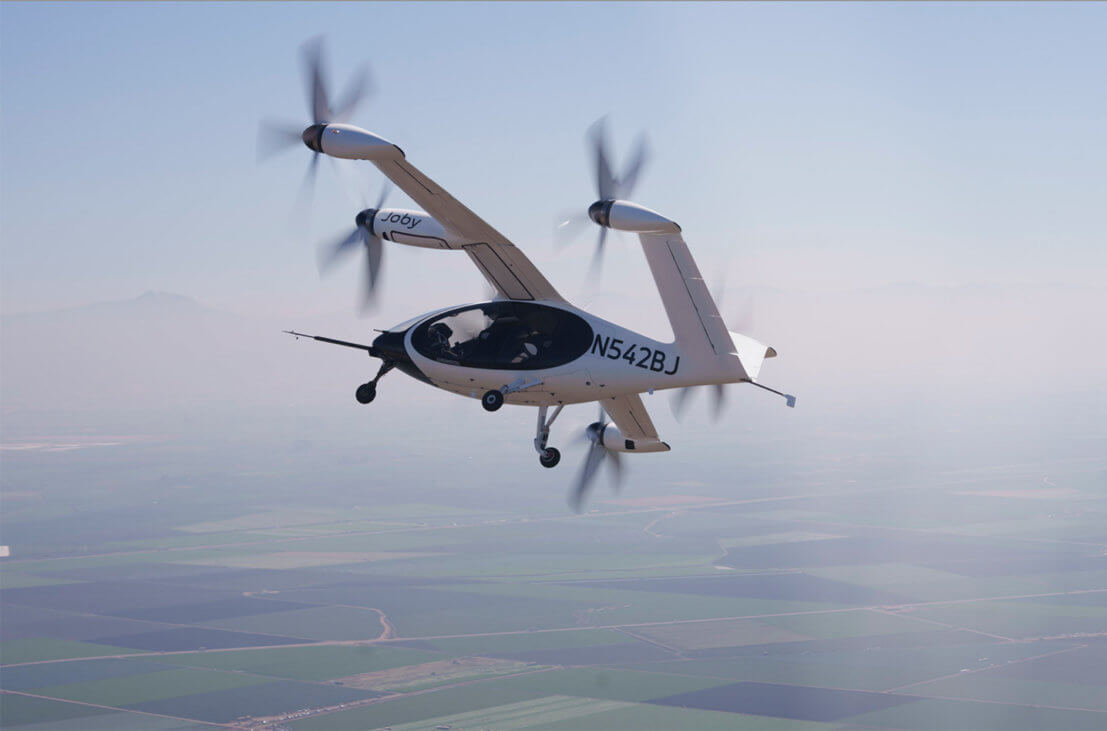
Dec. 20, 2022
NBAA today commended the FAA for its measured approach to certification of advanced air mobility (AAM) vehicles in comments submitted on the agency’s first proposed Special Class Airworthiness Criteria for such vehicles.
The FAA issued a request for comments on its proposed criteria for certification of the Joby Aviation JAS4-1 in November 2022. The agency followed that in December with similar criteria for certification of the Archer Aviation Inc. Model M001.
The proposed criteria – an important initial step toward a structured certification process for electric vertical takeoff and landing (eVTOL) aircraft – incorporates elements of 14 CFR Parts 23, 33, and 35, as well as other airworthiness requirements specific for a powered-lift vehicle.
In its comments, NBAA lauded the FAA’s approach and reiterated the need to, “uphold the high standard of safety achieved by decades of hard work and collaboration among the FAA, aircraft designers, manufactures, maintainers, operators and the entire aviation industry.
“Transparency in the [certification] process ensures the whole industry will remain part of the safety equation moving forward,” wrote Heidi Williams, NBAA senior director for air traffic services and infrastructure.
NBAA further highlighted the potential advantages of AAM, including significantly reduced noise impacts to communities surrounding airports and vertiports and greater environmental sustainability through use of non-petroleum propulsion. The emerging market for AAM and eVTOL also demonstrates the industry’s continued spirit of innovation.
“As an association dedicated to fostering business aviation in the U.S. and around the world, the promotion of new technologies is among NBAA’s top priorities,” the comments stated. Williams further noted the new airworthiness criteria may also “have the potential to dramatically increase the efficiency of on-demand aviation for companies and entrepreneurs.
“NBAA applauds the FAA for developing a performance-based pathway to ensure certificated aircraft demonstrate required levels of safety,” she concluded. “We look forward to working with the FAA as the agency further refines the certification process for innovative aircraft designs.”
View NBAA’s full comments on docket number FAA-2021-0638. (PDF)


 International Business Aviation Council Ltd.
International Business Aviation Council Ltd.